7 May 2017

30 March 2017 Hooker Valley Walk (Mt Cook/Aoraki background, icebergs mid ground, Asian tourist foreground)
Nikon D750 iso 200 40mm f5.6 1/350sec Nikon 24-70mmf2.8
7 May 2017

30 March 2017 Hooker Valley Walk (Mt Cook/Aoraki background, icebergs mid ground, Asian tourist foreground)
Nikon D750 iso 200 40mm f5.6 1/350sec Nikon 24-70mmf2.8
15 March 2017
Well folks, another Christmas Holidays has gone just like that. We plan our holidays well in advance. spend a lot of time planning, booking and paying. Christmas takes a long time to come as we labour towards it . August (my birthday-that came quick), September, October, November, and a very slow December. Then bang! Christmas in Hong Kong, early January Bangkok, 5 days Laos, then back home again at work. Time has the ability to accelerate when you are on holiday. Thankfully I have photos otherwise the experience of travelling would slip into the distant memories folder faster than it takes the Donald to tweet.
Laos is a wonderful place and well worth the visit. Chiang Mai represents to me the peaceful part of Thailand especially when compared to Bangkok. Laos is similiar on the grander scale. it represents the peaceful side of Asia, pre commercialism and grand urbanisation.
By all accounts Laos shouldn’t exist. History shows it was always invaded by the Thais or Vietnamese, then the Westerners and Japanese came along. Laos does not appear to have been strong enough to stand on its own feet. It’s a landlocked country as well with the skinny leg of Vietnam preventing it from reaching the sea. Apparently the present day borders were established by the French in an international treaty in 1907.
From my limited 5 day experience, what makes a visit to Laos is not the scenery or the food but the people. This is probably the most relaxed place in Asia and the people are so laid back and honest.
The official title for Laos is Laos People ‘s Democratic Republic or LPDR. Funny how when ever a country has democratic in it name, its actually not. Laos is communist. Its amazing how prescient George Orwell’s “1984” is. However I digress.
But as our guide explained the acronym actually means Laos People Don’t Rush!
And it is true.
The lonely planet quotes a french description:
“the Vietnamese plant the rice, the Cambodians tend to the rice and the Laotians listen to the rice grow!’
This to me sums up my impressions of the people. They are not lazy, but just more laid back . In someways their lifestyle is more like Western (NZ?) values- finding a balance between work and play. Unfortunately the Lao are among the poorist of the asian people.
Hopefully future progress will benefit the every day people and not at the expense of their values or environment. That is if they get the money as corruption is rife here although I never experienced it as a tourist.
One thing I found eerie is on the river boat trip- their were no birds anywhere.
Even in crowded Hong Kong there are birds along the waterways as evidenced by my photos. But in Lao, zilch! I asked my guide why are there no birds along the Mekong river?
He said it is because the locals shoot them and eat them. I suppose because the people are so poor any protein source is fair game (no pun). This also can be evidenced by dead bats for sale at the market for consumption.
This may also explain why this one lone fisherman in Vientiane spends all day catching these tiny river fish.
One of my patients Eve (and one of my few fans!) complained to me that there weren’t enough photos on my website. She was lucky she mentioned it after treatment and not before……….ouch!
Only kidding we practice painless dentistry in Tawa.
I made the excuse (and it is reality) that it takes me time to post process the photos and load them onto the web site. Its not as easy to post photos as if it were social media like Tinder.
Also I’m definitely not a wordsmith when it comes to writing. It takes me a lot of time to even think of something to say, let alone put it into words coherently.
Anyway for Eve, here’s a bunch of images for ya!
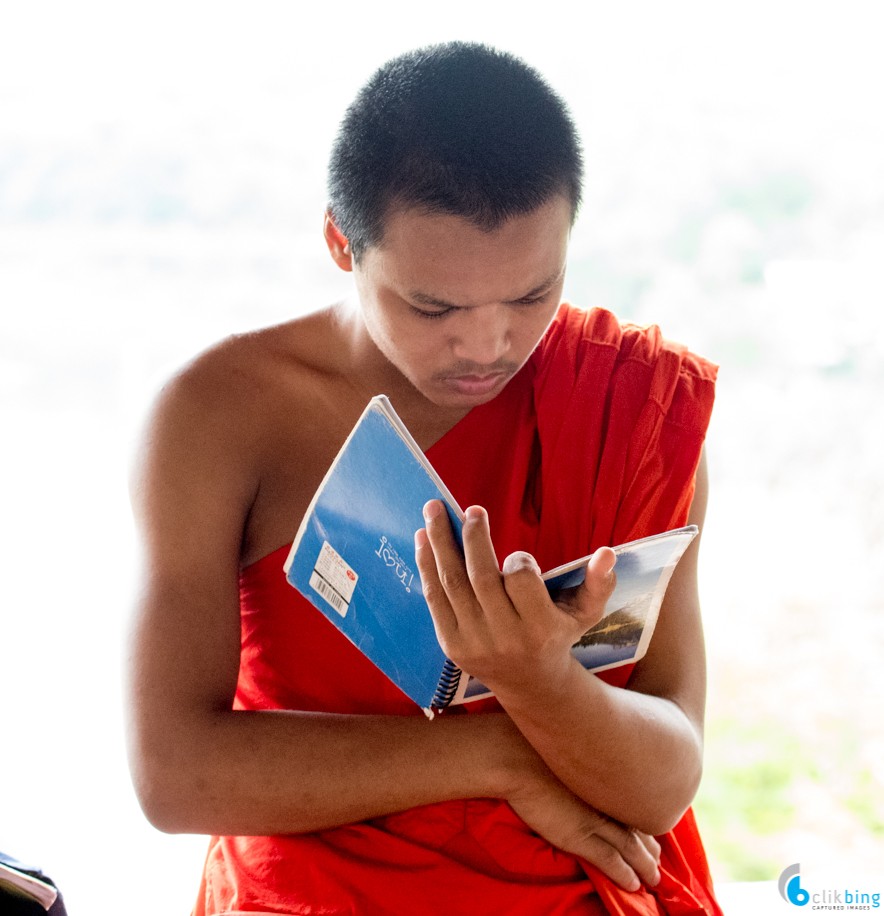
1. 11 January 2017 Luang Prabang
Nikon D750 iso 5000 92mm f5.6 1/180sec Nikon 70-200mm f4
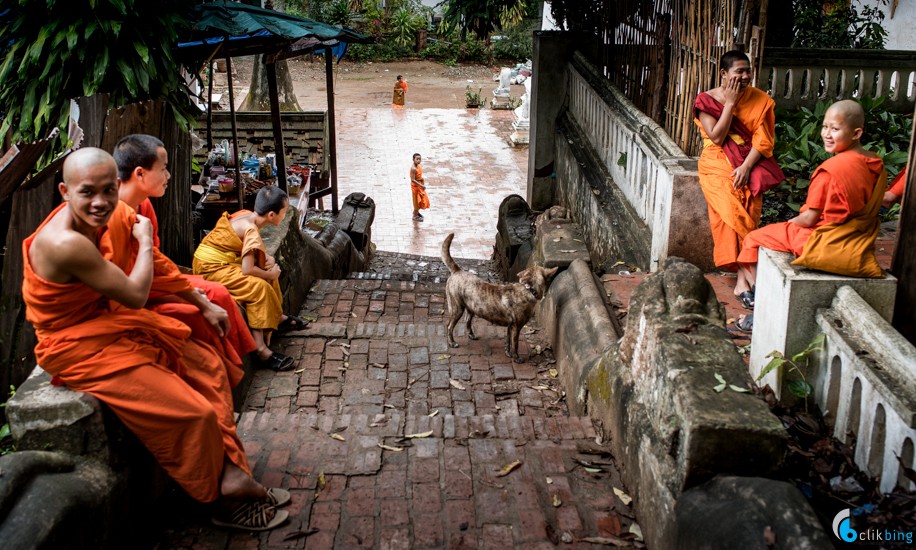
2. 11 January 2017 Luang Prabang
Nikon D750 iso 200 35mm f4.0 1/125sec Nikon 35mm f1.8
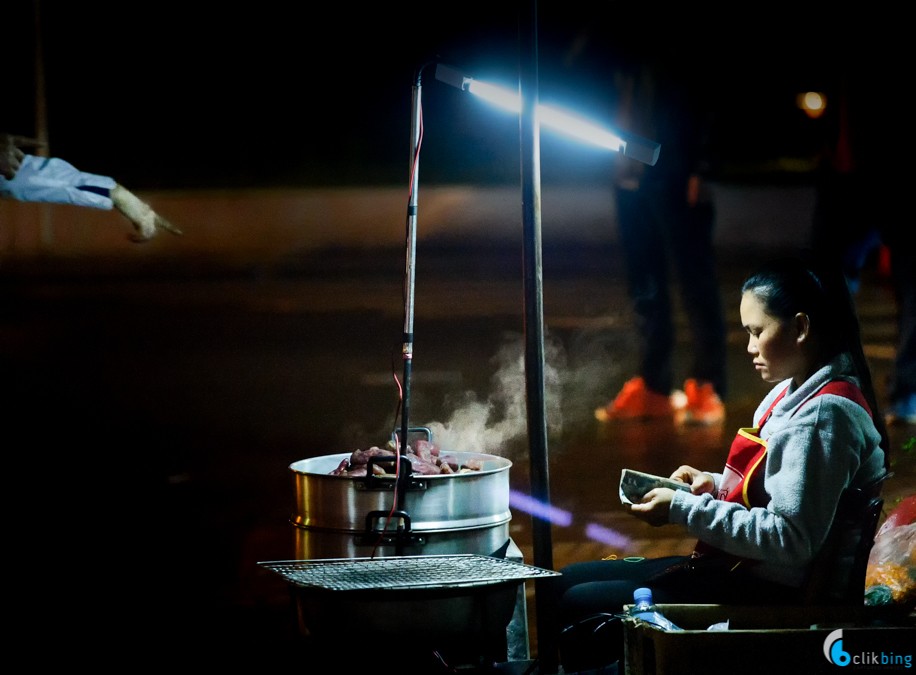
3. 11 January 2017 Luang Prabang Night Market Tribute to Monty Python
Nikon D3s iso 6400 200mm f4.0 1/125sec

4. 9 January 2017 Vientiane Night market
Nikon D3s iso 6400 95mm f5.6 1/125sec Nikon 70-200mmf4
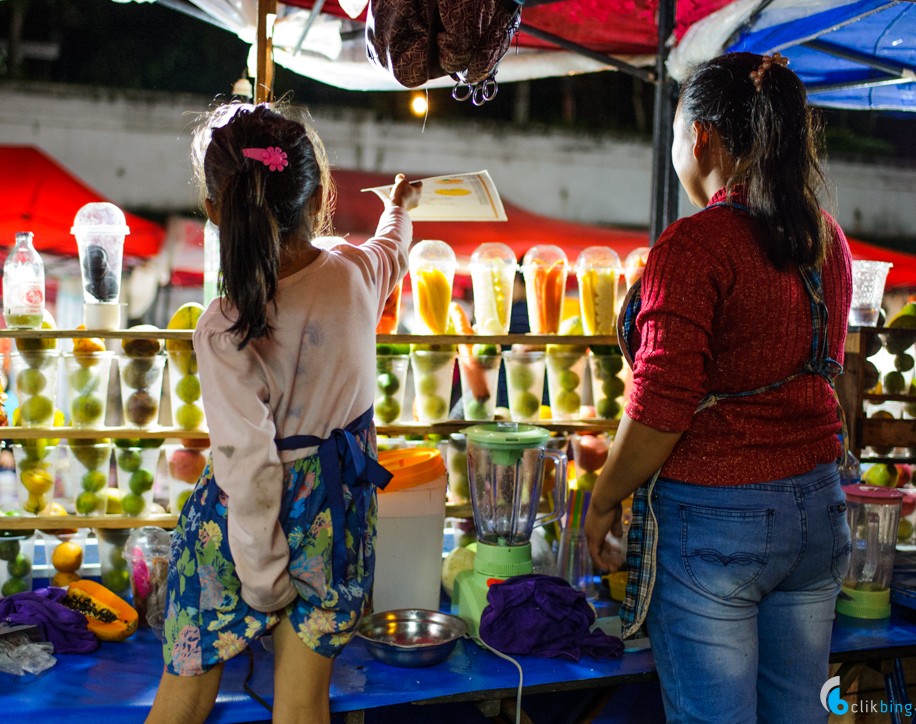
5. 11 January 2017 Luang Prabang Night Market Little girl helping mum with the drink orders
Nikon D3s iso 6400 35mm f2.0 1/125sec Nikon 35mm f1.8
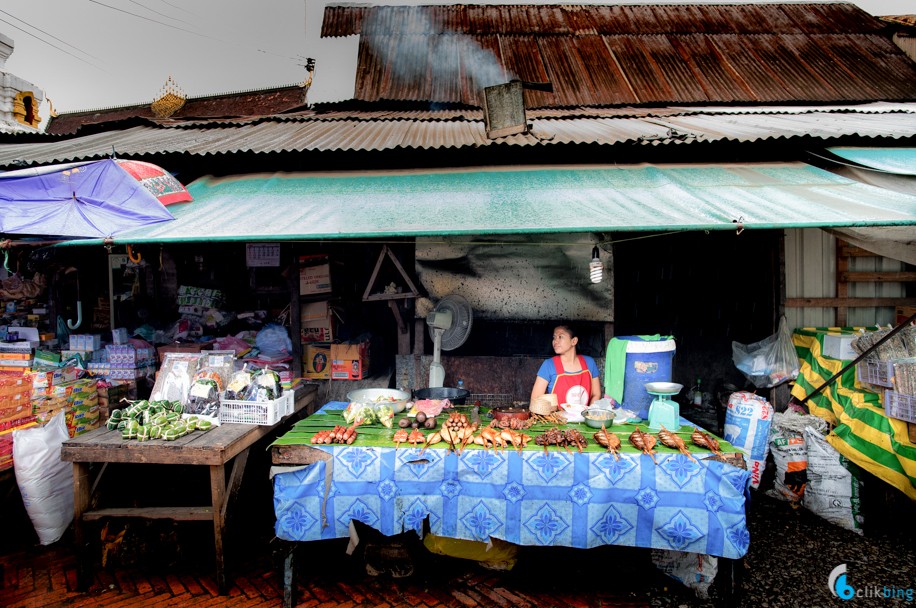
6. 11 Jan 2017 Kuang Si Waterfall Market Place Luang Prabang
Nikon D750 iso 450 20mm f4 1/125sec
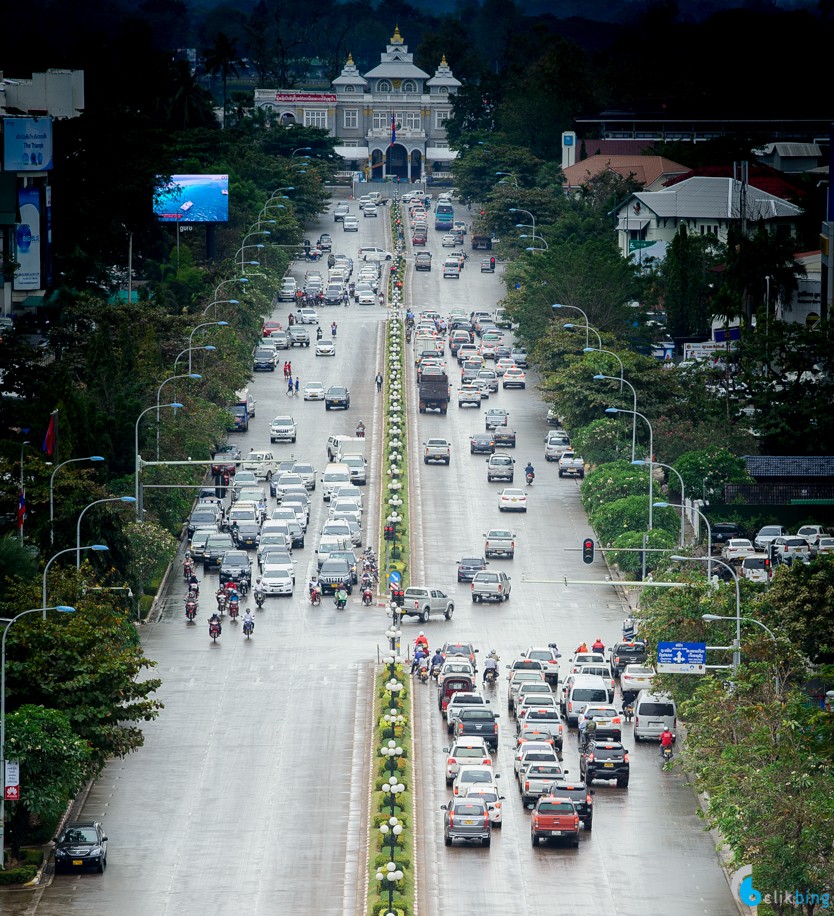
7. 10 Jan 2017 rush hour Vientiane.
Nikon D3s iso 200 200mm f8 1/180sec